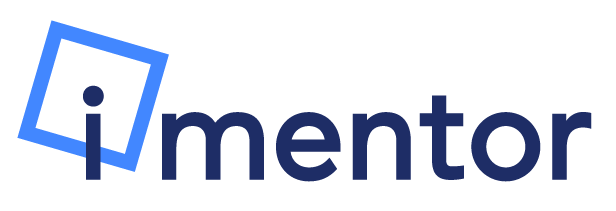If you’ve ever worked on a search with Talent, or even just overheard us talking about finding the right candidate for a role, you may have heard the term Ideal Candidate Profile or ICP. If you’re wondering what that is, here’s your answer.
At iMentor, the Ideal Candidate Profile is a document that clearly describes what we are looking for in the ideal candidate (hence the name) for a specific role. And while the document is a very important piece of the search puzzle, the process of creating the document is equally as important as the completed ICP.
Before the Talent team launches any search, we sit down with the hiring manager and ask lots of questions about both the position that we’re trying to fill and the person who we think would be successful in that role. We want to learn what a day or week might look like, what the toughest parts of the job will be, and what skills, experiences, and traits would prepare a person to tackle those specific challenges. This conversation, and the iterations on the document that go back and forth between Talent and the hiring manager, are important because they help us to make sure that we’re both looking for the same person. Since the Talent team works so closely with hiring managers throughout a search process, handling some stages independently before handing other steps off to the hiring manager, we need to be perfectly aligned on what matters most in a candidate. Once both parties have agreed that what’s been written down in the ICP is correct, we can write a job description and post the position for the public. If questions come up as the search goes on, we can refer back to the ICP to make sure that we’re on the right track.
The ICP has a few major components:
- A summary of the position
- Reporting relationships
- Responsibilities within the role
- Competencies and other qualifications we’re looking for in candidates
- The stages of the interview process and who will be involved at each stage
- Places we might find the perfect candidate
While the ICP is a document that we only use internally and do not share with the public, everything in it determines what goes into the public job description. That way, we are sharing the same vision of the role, and the person we are seeking to fill it, that the Talent team and the hiring manager will use to evaluate candidates. Searches are filled more quickly and with greater success when we are all on the same page.

